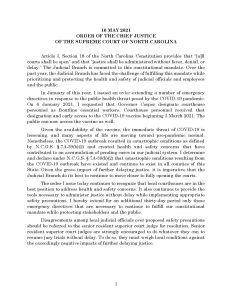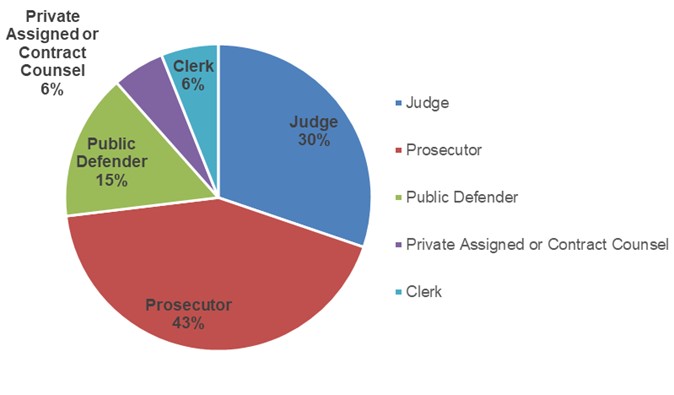The negative impacts of the pandemic are far-reaching and well-documented. They include death, illness, disruptions in school and work, strains on the health care system, and backlogs in the courts. But if I had been asked back in March 2020 to predict the impact the pandemic would have on traffic safety, I would have guessed incorrectly. I might have thought that since fewer people would be regularly driving to offices during predictable times of the day, traffic fatalities would decline. I would have been wrong. NC DOT analysis of traffic crashes during the pandemic revealed that while vehicle crashes decreased dramatically following the Governor’s declaration of a state of emergency in March 2020 and continued to remain below 2019 and prior year averages for the rest of the year, fatal crashes (which fortunately are a small subset – less than 1 percent — of total crashes) did not precipitously decline. Instead, they surpassed 2019 numbers and the five-year average during several weeks in the spring, summer and fall of 2020.
As it turns out, this upward trend in fatal crashes was not limited to 2020 or to North Carolina. The National Highway Traffic Safety Administration (NHTSA) published in October 2021 a statistical projection of traffic fatalities nationwide for the first half of that year. See NHTSA, National Center for Statistics and Analysis, Early Estimate of Motor Vehicle Traffic Fatalities for the First Half (January – June) of 2021, Traffic Safety Facts: Crash – Stats (October 2021) [hereinafter Early Estimate]. That projection showed a nearly 20 percent increase in fatalities in motor vehicle crashes from the first half of 2020. The calculation – that 20,160 people died in motor vehicle traffic crashes from January to June 2021 – represents the highest number of fatalities during the first half of a year since 2006 and the highest half-year percentage increase since 1979, when the Fatality Analysis Reporting System began recording data. NHTSA estimates that fatalities increased in all ten of its regions. The 10 percent increase in North Carolina’s region, Region 3, was second-to-lowest, with the highest increase (26 percent) in Region 10, which includes Alaska, Washington, and other Northwestern states.



